1. Gilbert U-238 Atomic Energy Lab

It’s wild to think anyone ever thought a toy containing actual uranium was a good idea, but here we are. The Gilbert U-238 Atomic Energy Lab was meant to teach kids about nuclear physics, and while that sounds impressive, it came with real radioactive materials. Yes, real! The set included four uranium-bearing ore samples, a Geiger counter, and even cloud chamber tools to “observe atomic particles.” That might sound like a science fair dream, but exposure to radiation—even small amounts—is no joke. The manual even warned kids not to open certain jars. That should’ve been a red flag says Newsweek.
The kit was only on the market for a short time, thankfully, probably because even in the ‘50s and ‘60s, people started going, “Wait…what?” Still, it’s become the poster child for the kind of “educational” toys that had no business being in a child’s hands. Sure, it sparked curiosity in science, but at what cost? It’s a strange relic of a time when safety regulations weren’t exactly front and center. Honestly, it’s a miracle we didn’t glow in the dark shares New York Post.
2. Creepy Crawlers Thingmaker
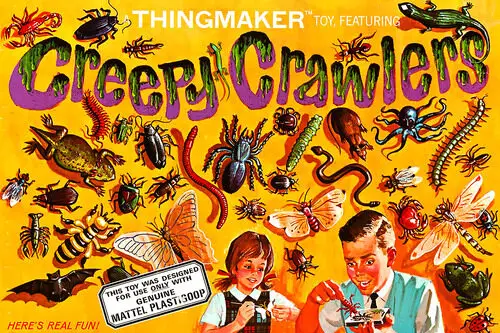
Making your own little rubber bugs was oddly satisfying, and the Creepy Crawlers Thingmaker gave kids that exact thrill. The toy let you pour a goopy liquid called Plastigoop into metal molds, then bake them in a plug-in mini-oven that got blisteringly hot. Think Easy-Bake Oven, but made by someone with a vendetta. The molds were made of metal, and the heating element wasn’t shielded, so burning your fingers was just part of the fun says All That’s Interesting.
Parents were told to supervise, but let’s be honest—how often did that actually happen? Kids would get so excited to pop out a wiggly spider that safety went out the window. It technically taught a little about heat, shaping, and materials, but mostly it taught us what second-degree burns felt like. It was eventually pulled from shelves and later re-released with way more safety features. Still, the original version was no joke adds Flashbak.
3. Vac-U-Form

Another gem from Mattel, the Vac-U-Form was all about molding plastic into cool shapes—cars, signs, and even masks. The problem? It used a heated metal plate that kids had to press down onto thin plastic sheets. It got dangerously hot, with no protective casing or automatic shut-off. So while it taught a thing or two about vacuum forming and molds, it also taught a lot about burns and melted fingertips.
To be fair, it did inspire creativity. You could make all sorts of custom pieces and even design your own toys from scratch. But again, we’re talking about children handling a machine that was basically a mini-industrial tool. If you didn’t burn yourself, you probably inhaled a few questionable fumes. Safety just wasn’t part of the instruction manual back then.
4. Johnny Seven O.M.A.
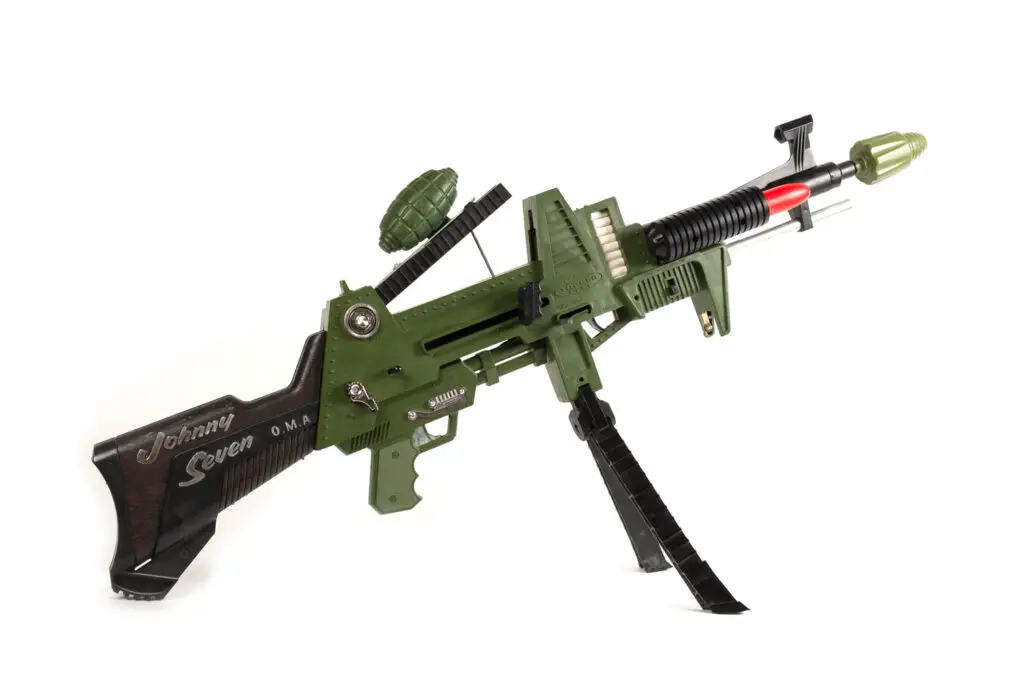
This one might not sound “educational” at first glance, but it was marketed as a way to teach kids about military strategy and technology. The Johnny Seven O.M.A. (One Man Army) was a plastic gun that featured seven different functions—machine gun, grenade launcher, anti-tank rocket, and more. It was massive, heavy, and looked intimidating enough to cause real concern. It gave kids a hands-on “lesson” in firepower.
Problem was, it also shot hard plastic projectiles with a decent amount of force. Bruised arms, black eyes, and even a few chipped teeth weren’t uncommon among enthusiastic little soldiers. The thing was so big and so realistic that it often scared the neighbors. And while it may have inspired an interest in engineering or mechanics, it definitely didn’t belong in the hands of your average 8-year-old.
5. Clackers
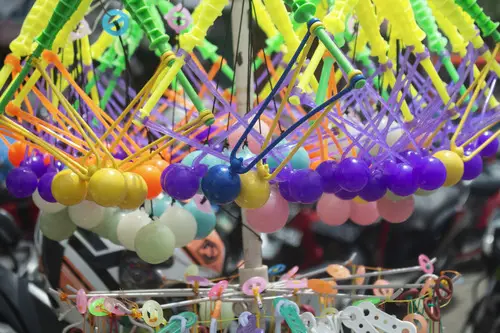
They looked simple—just two acrylic balls on a string—but Clackers were chaos waiting to happen. The idea was to get the balls swinging and smacking into each other at high speeds, producing a rhythmic “clack-clack” sound. Great for hand-eye coordination, they said. Until one of the balls shattered mid-swing, sending shards of hard plastic flying like little glass grenades.
There were reports of eye injuries and deep cuts, and not just a few. Eventually, manufacturers switched to softer plastic, but the damage had been done. These things were everywhere for a while, and every kid had a slightly different method for playing—some less safe than others. They taught timing, sure, but they also taught us to keep a first-aid kit nearby. Honestly, it felt like playing with a pair of mini wrecking balls.
6. Battlestar Galactica Colonial Viper

When Battlestar Galactica hit TV screens, kids went nuts for the toy ships—and the Colonial Viper was a standout. It had a spring-loaded missile that could be fired from the nose, just like in the show. The problem? That tiny plastic missile could easily get lodged in a kid’s throat. Tragically, there was a fatality, which led to a massive recall.
Mattel tried to slap a warning on the box, but that wasn’t enough. Eventually, they had to redesign the launcher to prevent the missile from coming all the way out. It was supposed to teach imaginative play and tie in with the excitement of space exploration. Instead, it became a lesson in how not to design toys with detachable, projectile parts. To this day, it’s cited as a turning point in toy safety standards.
7. Jarts (Lawn Darts)

Ah, Jarts. A game that was supposed to teach coordination and outdoor fun but turned into a suburban battlefield. These giant darts had sharp metal tips and were meant to be tossed underhand toward plastic rings on the lawn. Unfortunately, that “underhand” rule didn’t always stick. When kids started throwing them like javelins, things got ugly fast.
Hospitals started reporting head injuries and puncture wounds. They were banned in the U.S. by the late ’80s, but in the ’60s and ’70s, they were a summer staple. Technically, it was a game of skill, but one misstep and you were headed for stitches. It’s hard to believe anyone ever thought giving children metal-tipped spears to throw at each other was a good idea. But hey, it got us all outside, right?
8. Woodburning Kits
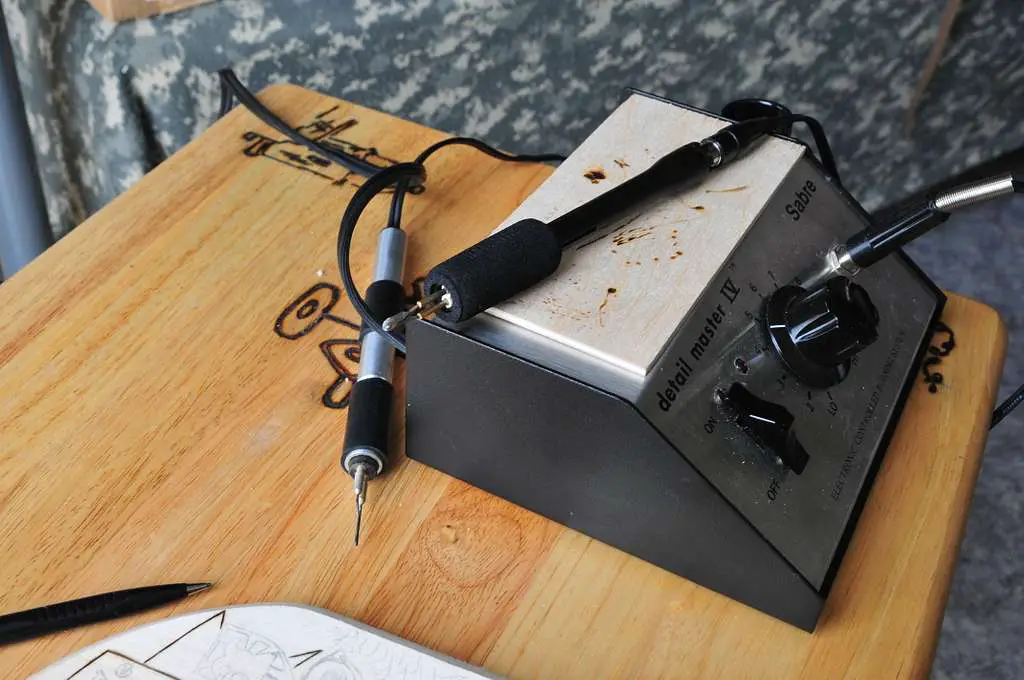
On paper, this sounds educational—teaching kids the art of pyrography, which is burning designs into wood. In reality, it involved handing children an electrically heated metal pen that got hot enough to scorch furniture, fingers, and pretty much anything it touched. You could make cool signs or intricate patterns, but one slip and suddenly your bedroom desk was toast.
It definitely encouraged creativity and patience, but also caused more than a few nasty burns. These kits were often marketed as safe with “easy-to-use tools,” which feels like a bit of a stretch in hindsight. You were essentially giving a kid a branding iron and hoping for the best. And if you had a sibling? Well, let’s just say those pens became weapons pretty quickly.
9. Wham-O Air Blaster

Wham-O made some iconic toys, and the Air Blaster was meant to teach about air pressure and force. It was a big plastic gun that shot concentrated blasts of air with surprising strength. It was supposed to be harmless—you could “blow out candles from across the room!”—but kids being kids, it quickly became a tool for mischief. Pets were terrified, and anyone on the receiving end got a real shock.
There were stories of kids using them to knock over fragile objects or aim them at people’s faces. While it didn’t involve projectiles, it still had the power to cause ear damage or eye irritation if used recklessly. Sure, it demonstrated scientific principles, but it also showed us just how quickly fun could turn into chaos. In the end, it was more like a sneak-attack machine than a science tool.
10. Chemistry Sets

Classic chemistry sets seemed like the holy grail of educational toys. You got little bottles of powders and liquids, test tubes, maybe even a Bunsen burner if your parents were feeling brave. The kits were designed to inspire future scientists, and they definitely did. But they also included some genuinely dangerous substances—everything from sulfur to potassium permanganate.
No gloves, no goggles, and definitely no proper safety warnings. It was kind of a free-for-all in a cardboard box. Kids could accidentally cause chemical reactions that burned, fizzed, or exploded. And let’s be honest, the more dramatic the reaction, the more exciting it was. It taught curiosity, yes, but also a whole lot of trial-and-error that occasionally ended with a fire extinguisher.
11. Mini Hammocks
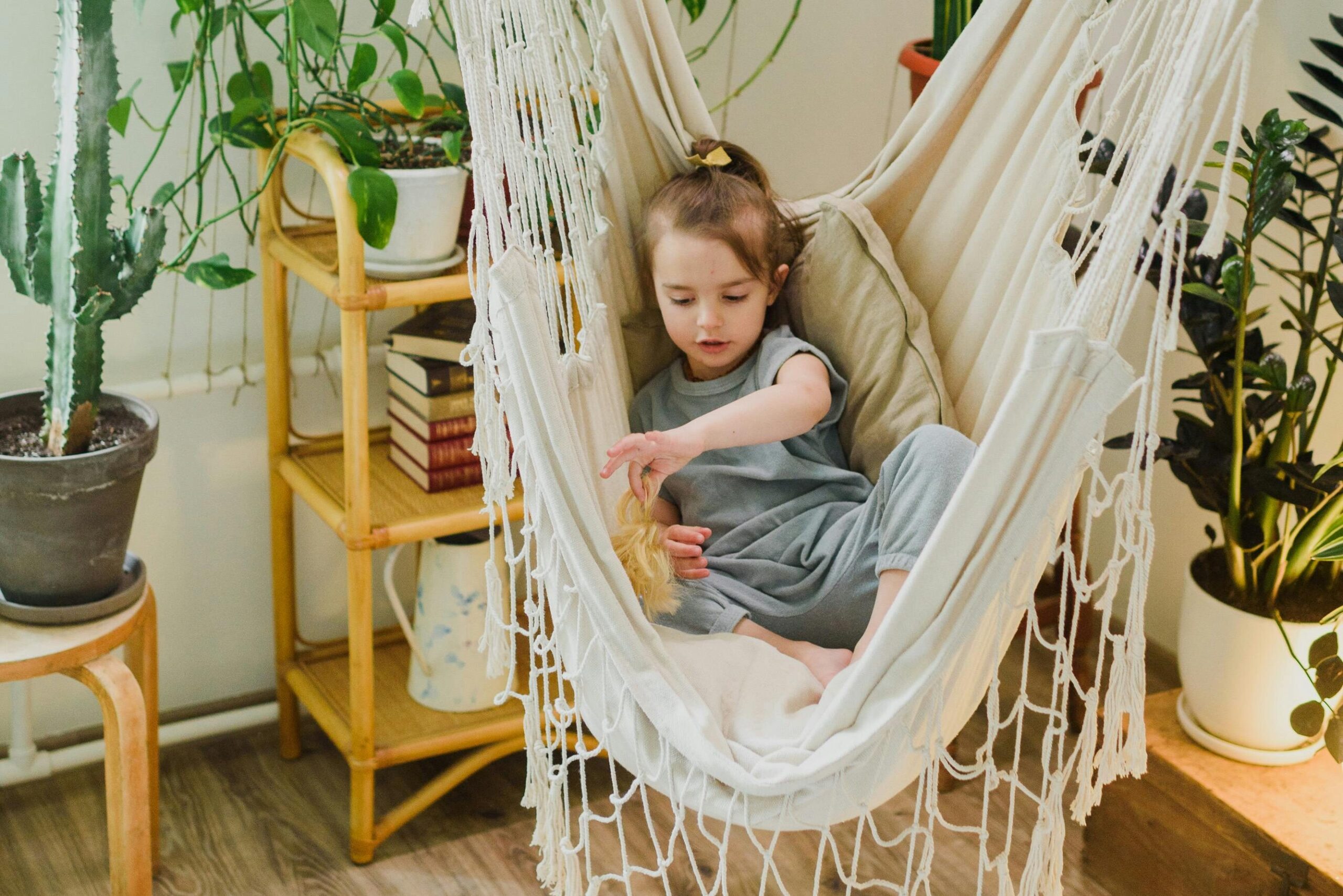
These were supposed to be relaxing little spots for kids to lounge in the backyard. No frame, no spreader bar—just two ropes and a net strung between trees. They were sometimes included in backyard “fun kits” or sold as part of nature-themed learning sets. The problem was, they were super easy to get tangled in. Kids could get caught in the netting, leading to falls or worse.
Tragically, there were incidents where children got strangled by the ropes. It was such a problem that safety advocates pushed for a ban in the ‘90s. It’s hard to imagine now, but back then, these hammocks were everywhere. They were supposed to teach rest, nature appreciation, and balance. Instead, they became a cautionary tale in bad design.
12. Electric Football

This game looked amazing on TV. A metal field vibrated to make tiny football players “run” in random directions, and you could “coach” your team by adjusting their stances. It was meant to teach strategy, planning, and good ol’ sportsmanship. But the vibrating table was powered by electricity, and it wasn’t uncommon for wires to fray or shorts to happen.
If you played it enough, you might get a nice little zap—or at least hear the hum of electricity a little too loudly. And then there was the frustration of the players never going where you wanted them to. Still, kids stuck with it because it was one of the few football games out there. Educational? Kinda. Dangerous? Definitely more than advertised.
13. Monster Maker Lab Kits

These science-meets-horror kits promised to let kids build their own monsters using molds, powders, and gooey chemicals. It was sort of like playing mad scientist, which felt both educational and wildly fun. But the powders often gave off noxious fumes, and mixing them wrong could result in chemical burns or even mild explosions. Not to mention, it was super easy to spill stuff on your skin.
The instructions were vague at best, and there was rarely any protective gear included. You learned some basic chemistry, sure, but at the risk of creating something that might melt part of the kitchen table. Some kids tried to “upgrade” their monsters with whatever they could find under the sink, which didn’t help matters. It was a recipe for disaster disguised as a lesson in biology and chemistry.
